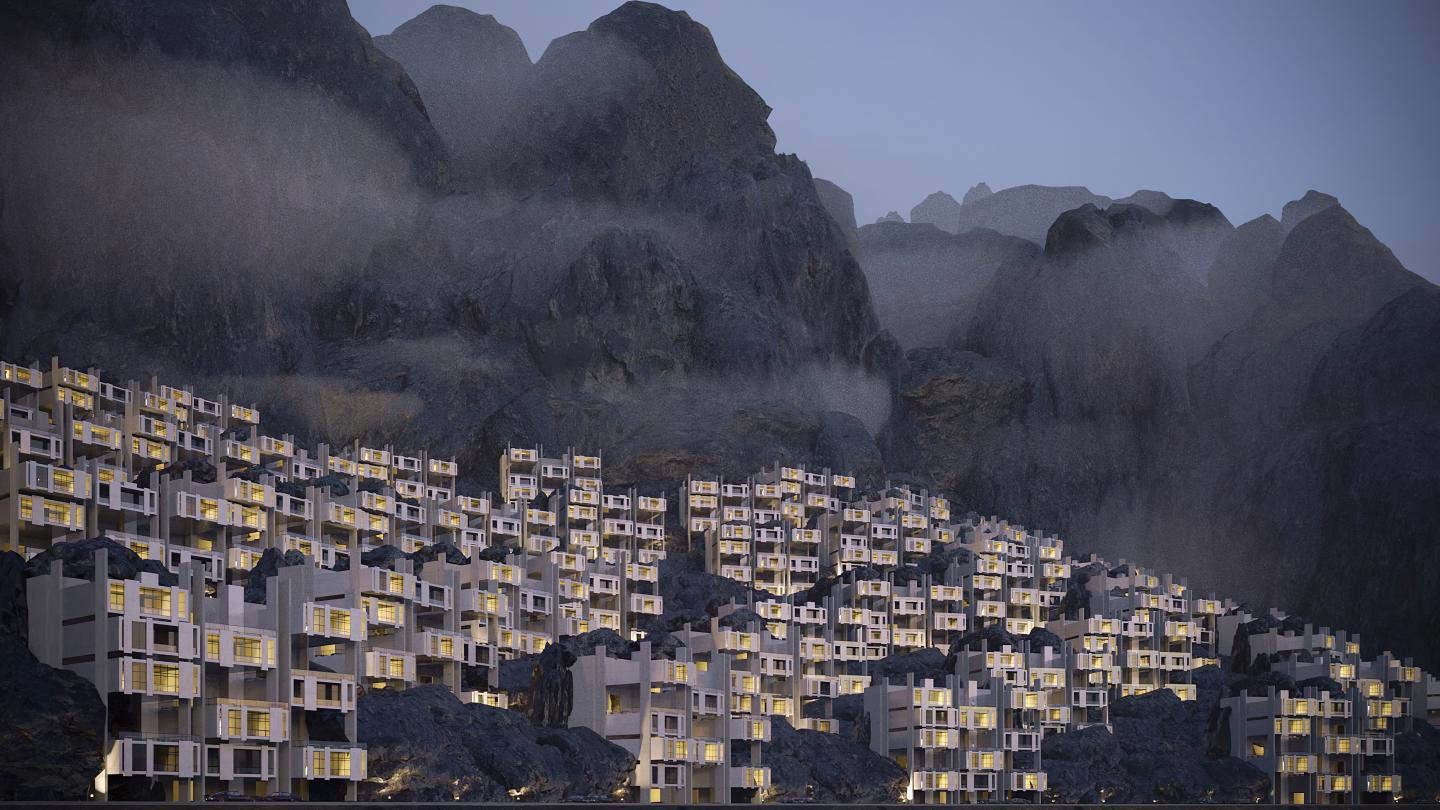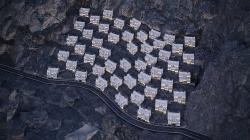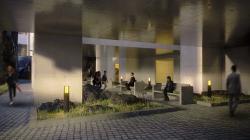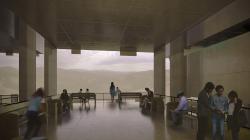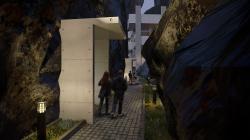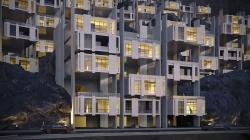HOW WE USED TO LIVE?
the concept is derived from our past and how we used to live, social interaction, activities, connections were very strong in comparison to how its now in the community.
Human existence has undergone a remarkable transformation, especially when comparing how we used to live in the past with modern life today. The advancements in technology, globalization, and changes in social norms have significantly altered the way we interact, engage in activities, and establish connections.
In the past, social interaction was predominantly localized and limited by geographical boundaries. Communities lived in close proximity, and face-to-face communication was the primary means of interaction. Social circles were often defined by familial ties, and people relied on direct interactions for emotional connections and exchanging information.
unfortunately Today, social interaction transcends borders and is greatly influenced by digital platforms and social media. People connect globally, fostering a diverse range of relationships with individuals from various cultures and backgrounds. Online communication has become a significant part of daily life, enabling real-time connections and instantaneous sharing of thoughts and experiences.
so why not go back?
if we look at hawraman as an example in Iraq and one of the a few remaining areas celebrating this lifestyle, we can clearly see that those urban communities still live based on those principles without being affected by the technological improvements and it's side effects.
2022
2023
using the arrangement of hawraman as boxes.
instead of houses we have apartments re-aranging based on a grid and subtracting accordingly.
each unit is a concrete pre-fabricated unit and assembled on site to a sheer wall on the topography to appear as hanging houses thus giving a BRUTALISTIC look on how we developed on using technology in our life.
In a future where the community needed to grow, they just use the topography line of the mountain to assemble more pre-fabricated units following the contour line of the surrounding.
zhyar hama raza
Dr. Nahedh Al-Qemaqchi
mrs. faeza
